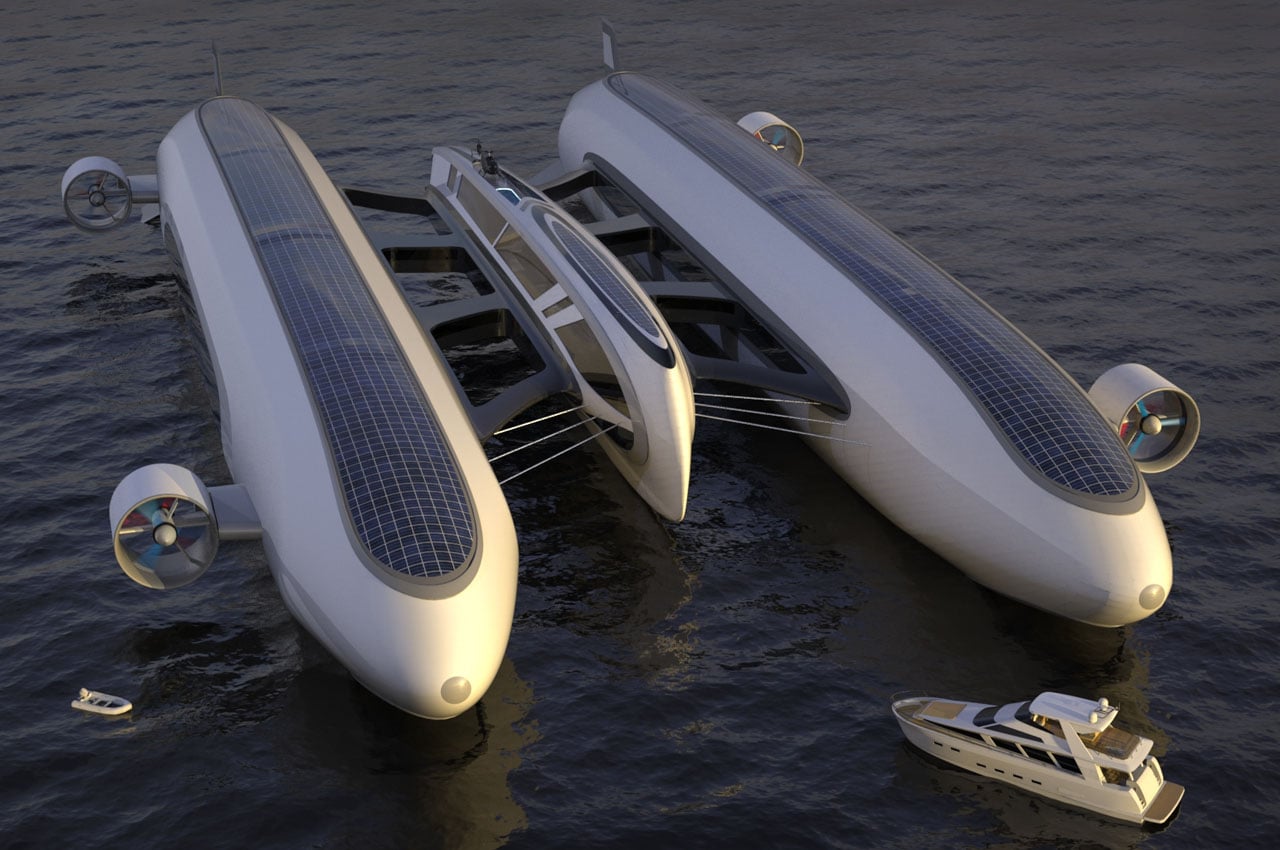
Italian design outfit Lazzarini Design Studio is known for its larger-than-life concepts that give us a deep dive of transportation in the future. Their new concept design breaks all the confined barriers of propulsion on water and in the air, taking things to the next level with the Air Yacht.
This compressed helium-powered flying yacht (yes, an airborne yacht!) is targeted towards private owners who will stop at nothing, and push the envelope of adventure – laden in luxury and style. The mega yacht (or should I say a big catamaran) measuring 492 feet will be a revolution in the aviation industry with its twin airships filled with helium. These gigantic airships will be connected via a central carbon deck measuring 33 feet wide consisting of a master cabin, living area, and a large dining section. The outer edges of the airship have five en suite staterooms each, so taking along best buddies for the adventure of their lifetime is certain.
Designer: Lazzarini Design Studio
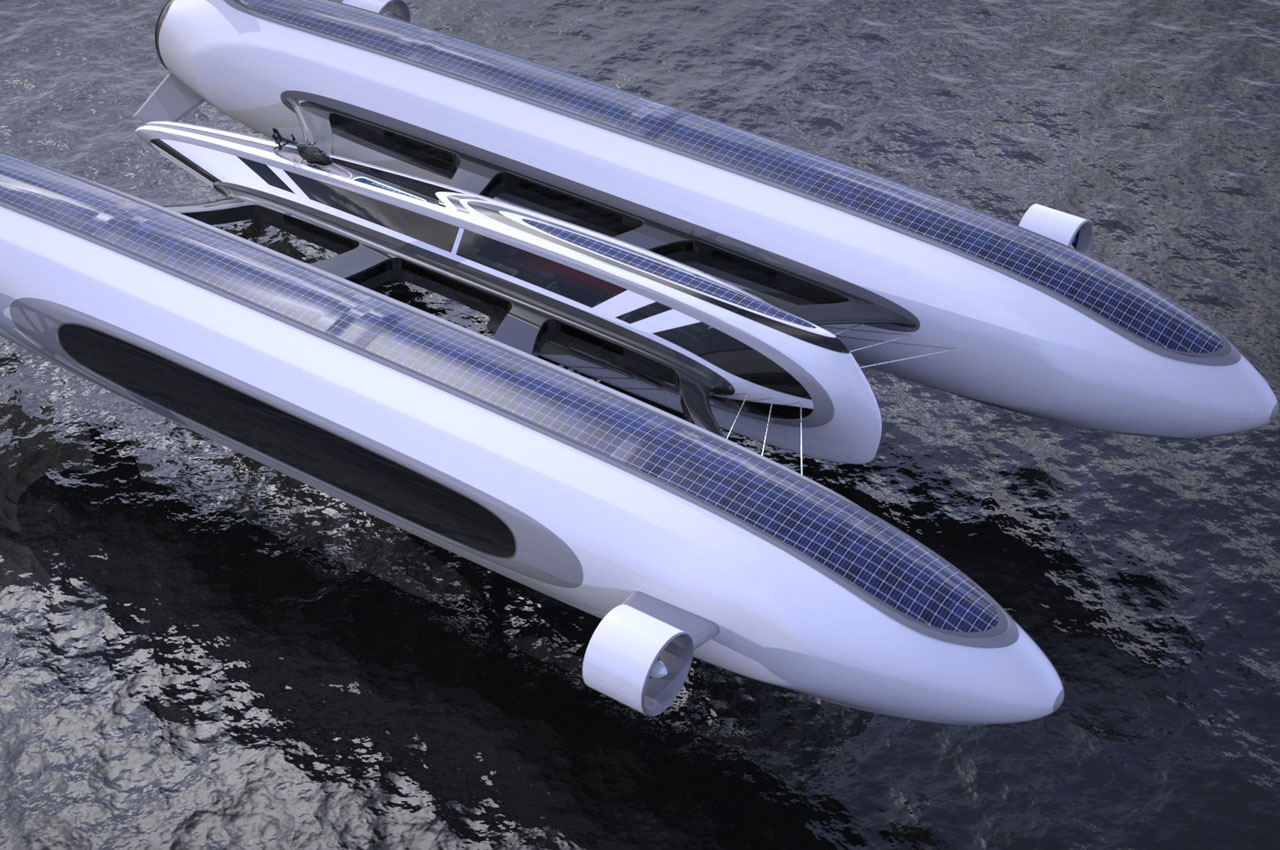
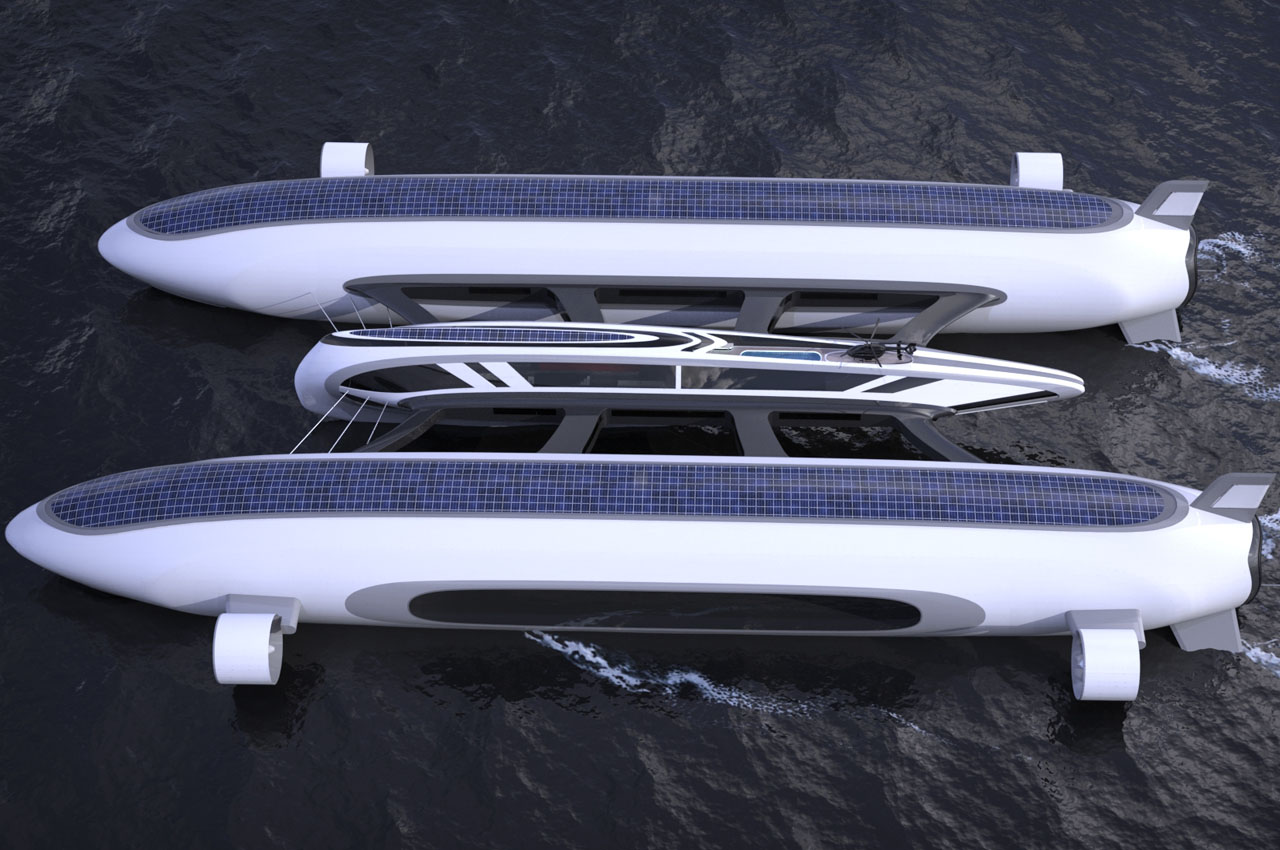
Propulsion assistance for the airship is actuated via the solar panels on top. The ultra-light batteries store power and deliver it to the eight contra-rotating electric rotors on the side when required. To propel such a large airship a huge amount of helium gas is required, and the Air Yacht stores it in honeycomb-like hives holding close to 14.1 million ft3 of compressed helium. As a result, this craft can fly for 48 hours non-stop, at a speed of 60 knots!
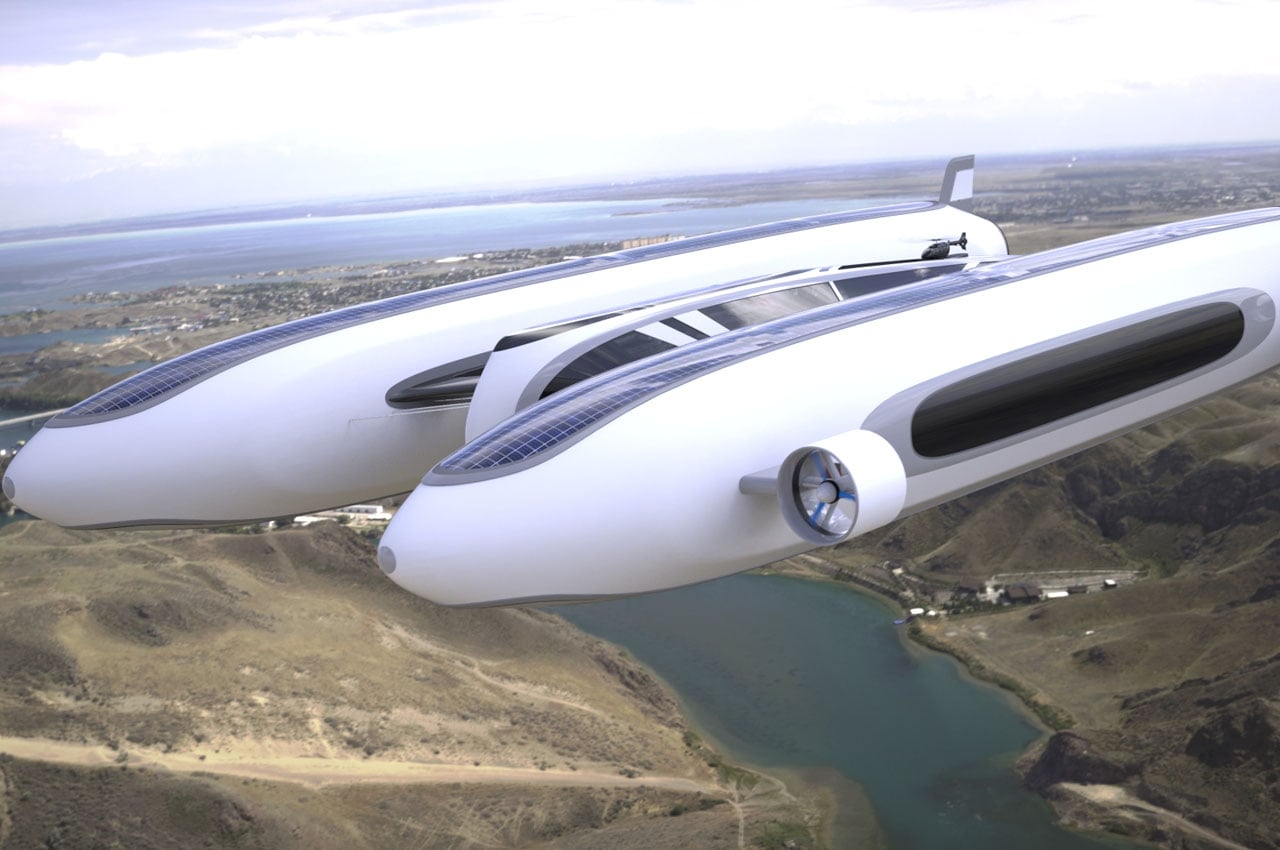
The filthy rich can also have the optional Helipad to extend their adventure into places where the Air Yacht cannot go due to its huge size. Right by the helipad is an exquisite swimming pool for sun-soaked leisure days. All these features make this flying vessel an exclusive possession for the affluent whenever someone is enchanted by Lazzarini Design Studio’s ideation. When it’s time to land the rotors shift the position downwards for the needed thrust to land smoothly. The helium is depressurized and the ballast anchoring system keeps it steady on the water while being propelled forward at a speed of 5 knots.

Having talked of all the advantages of such aircraft, we also have to dig our memories and remember the LZ 129 Hindenburg disaster. The perils of highly inflammable hydrogen gas have been replaced by non-inflammable gas for a safer journey while being airborne. But the gas leaks and the whole rig coming down crashing on the ground due to lack of adequate helium pressure in the airships cannot be counted out. But at face value, this aircraft is absolutely something the future will take with both hands open. I just hope, the advanced future technologies will solve the little loopholes with such aircraft for safer expeditions.
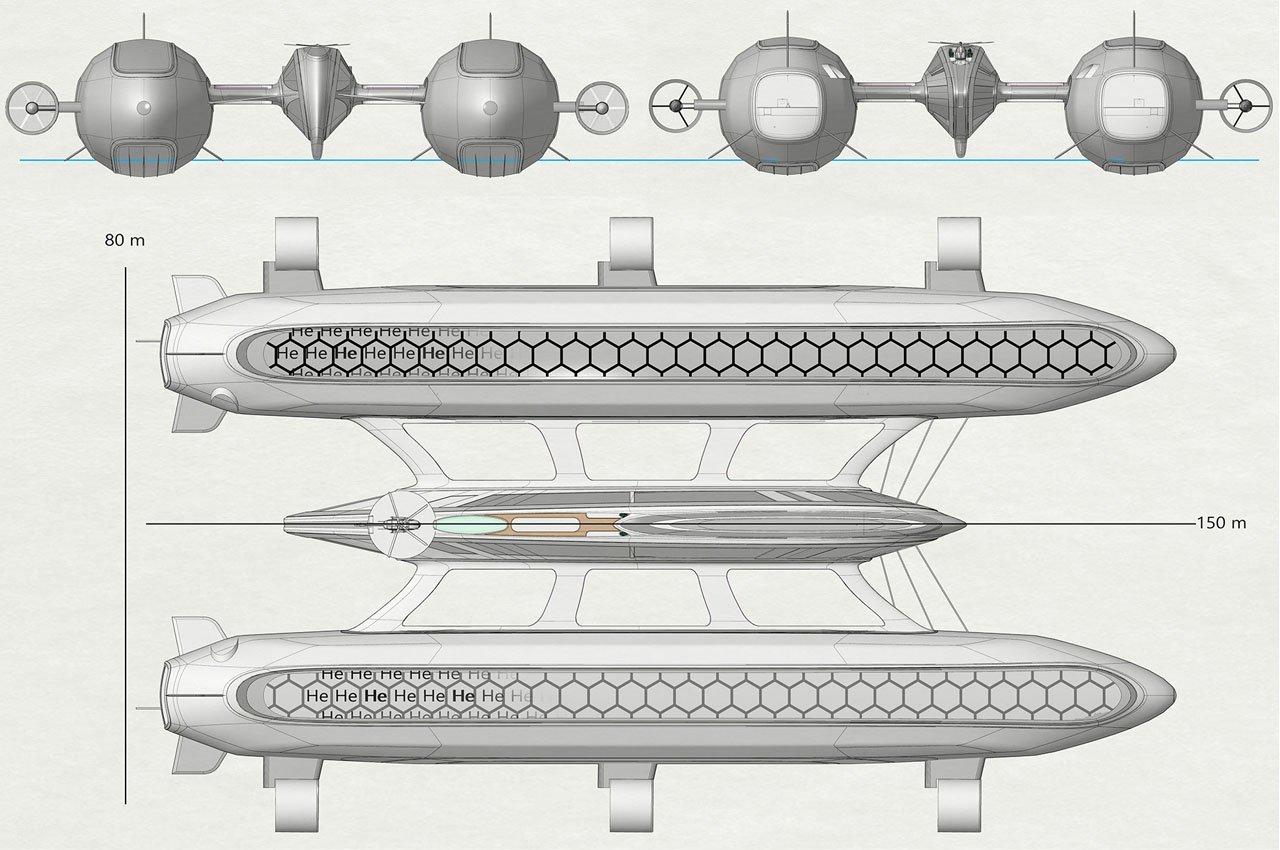
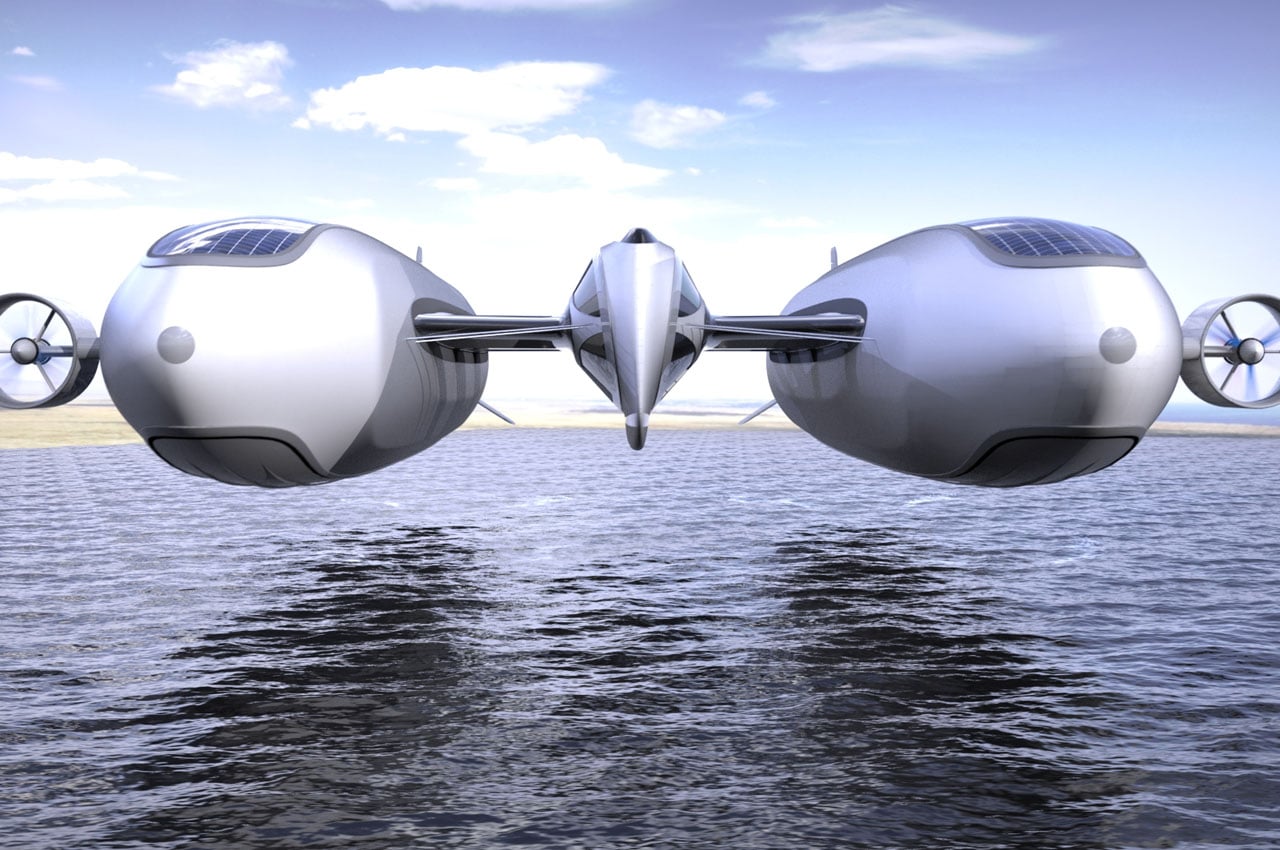
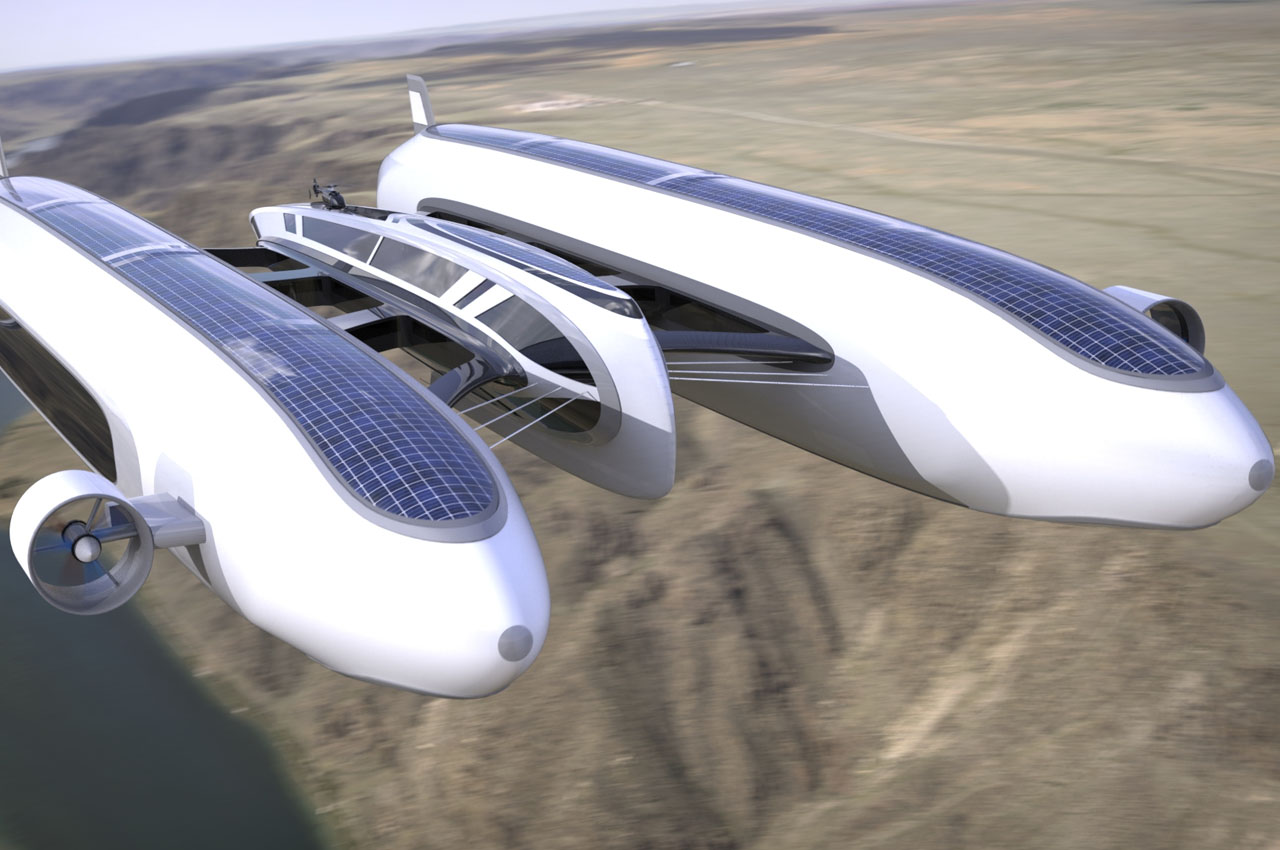
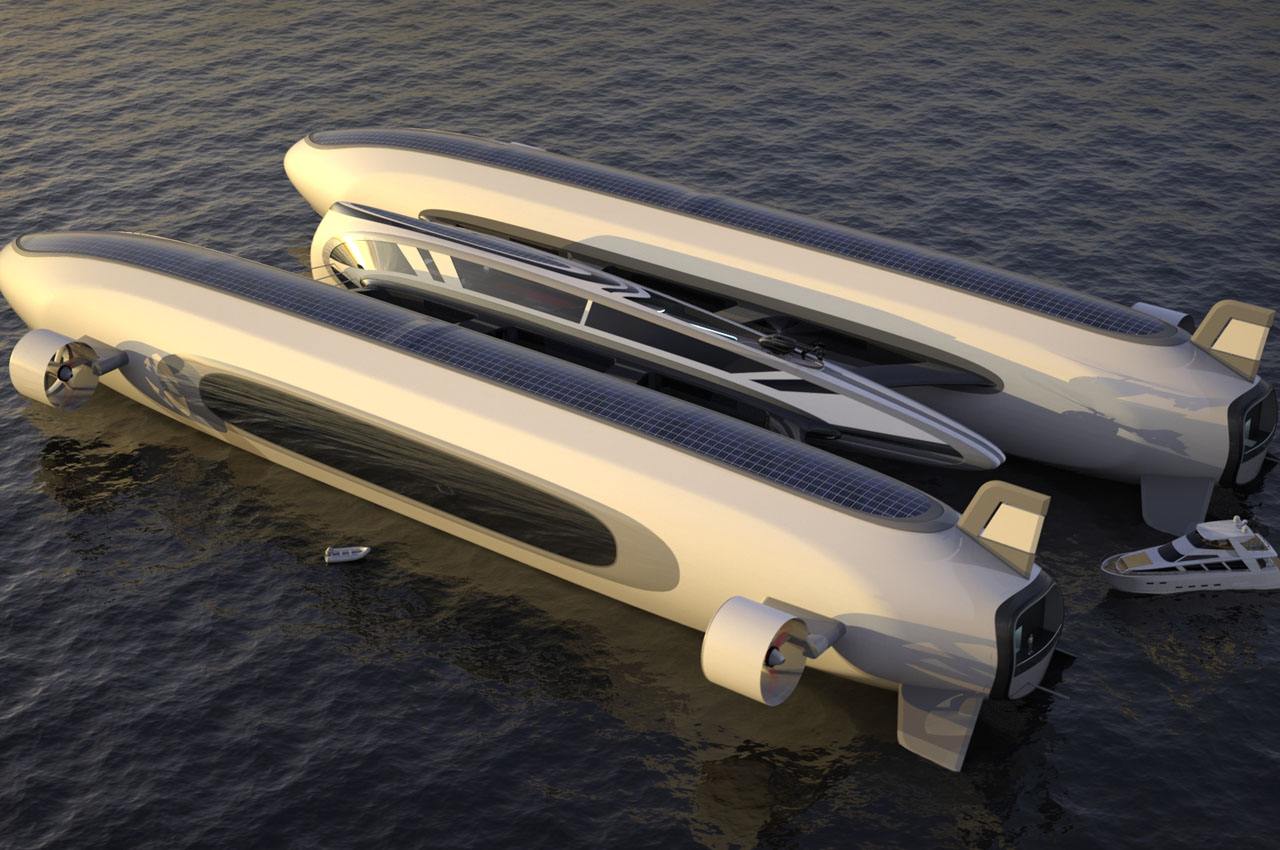
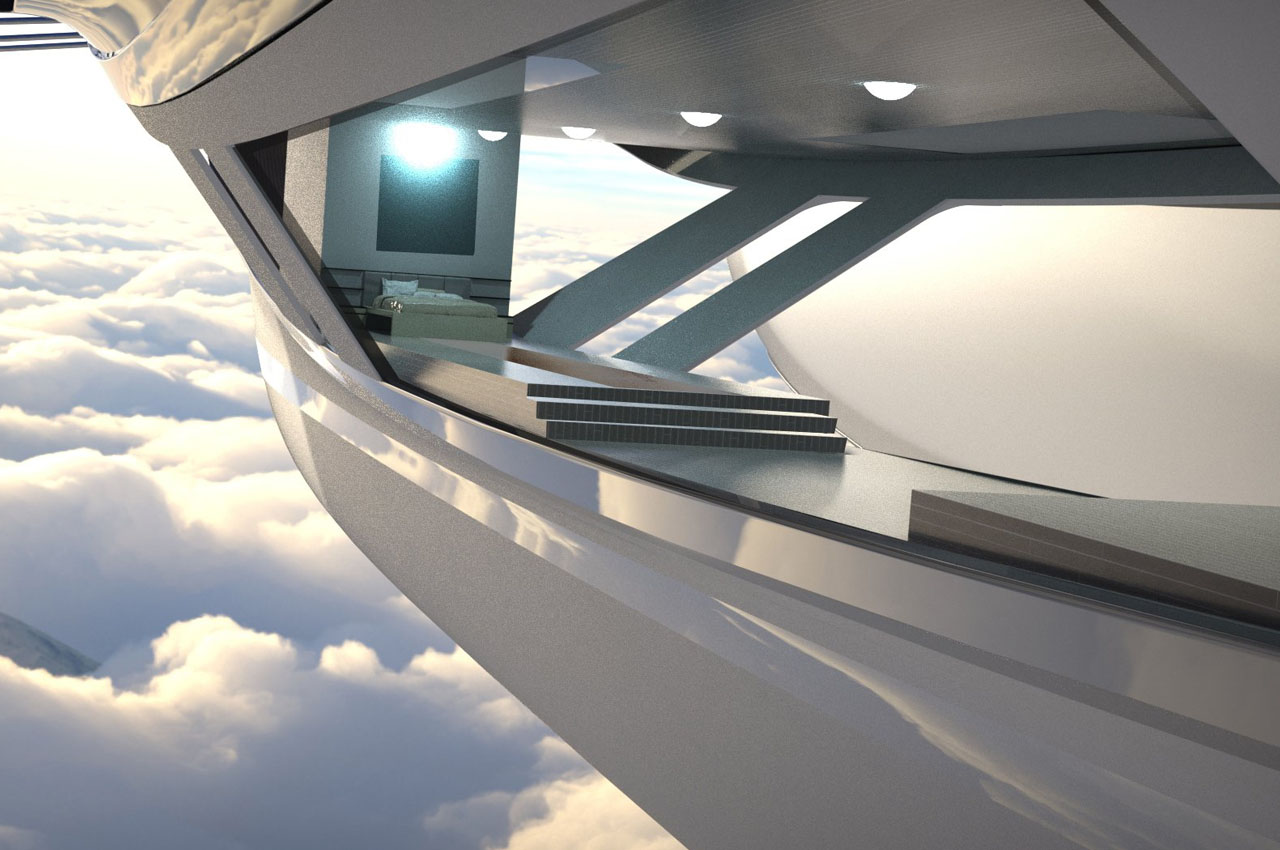
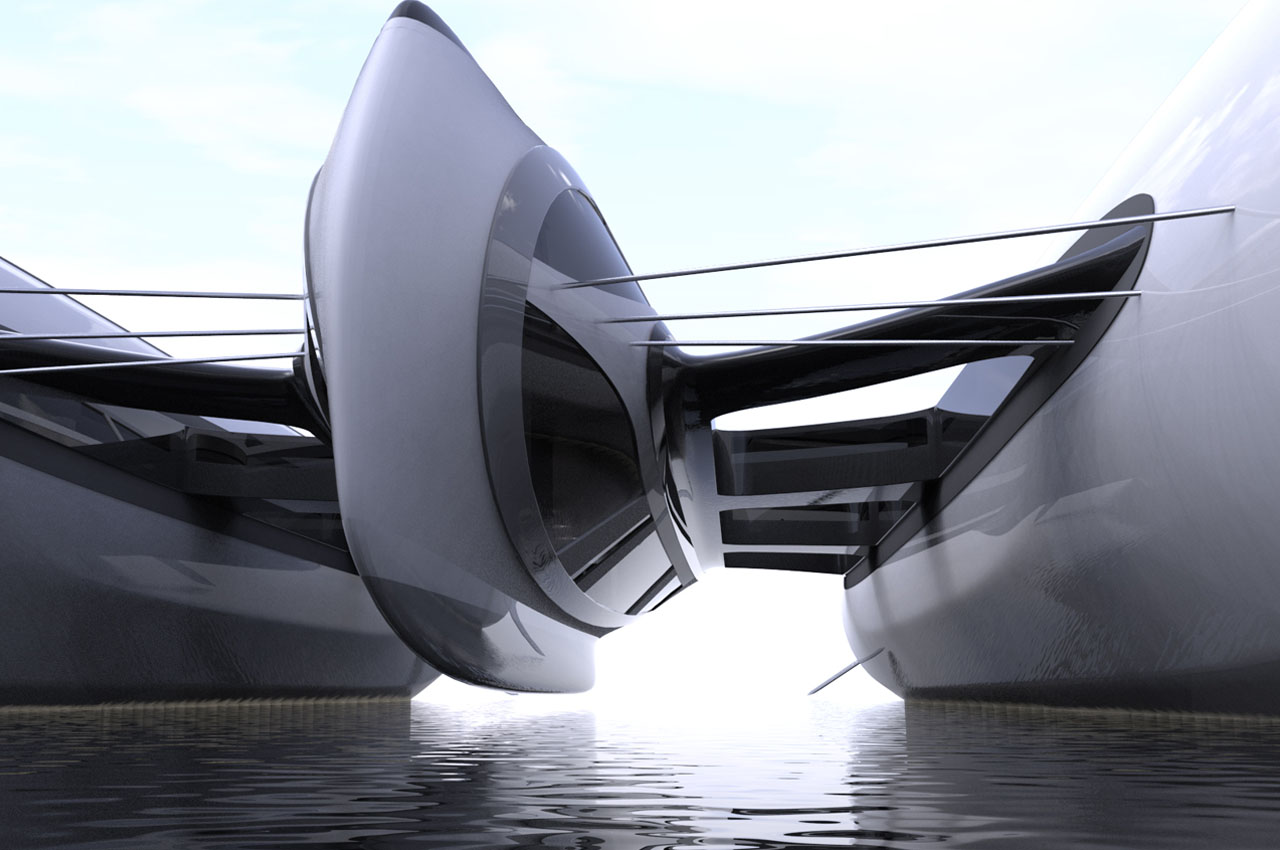
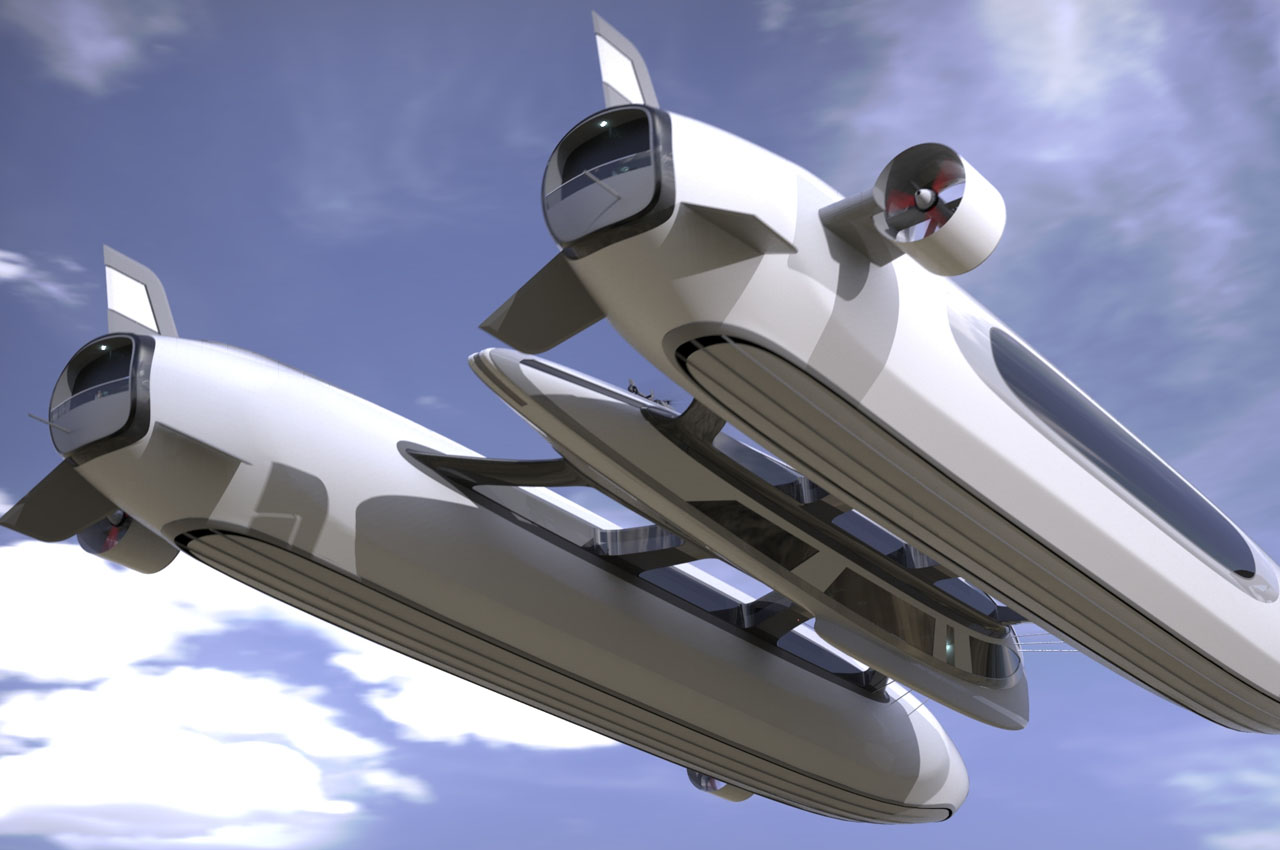
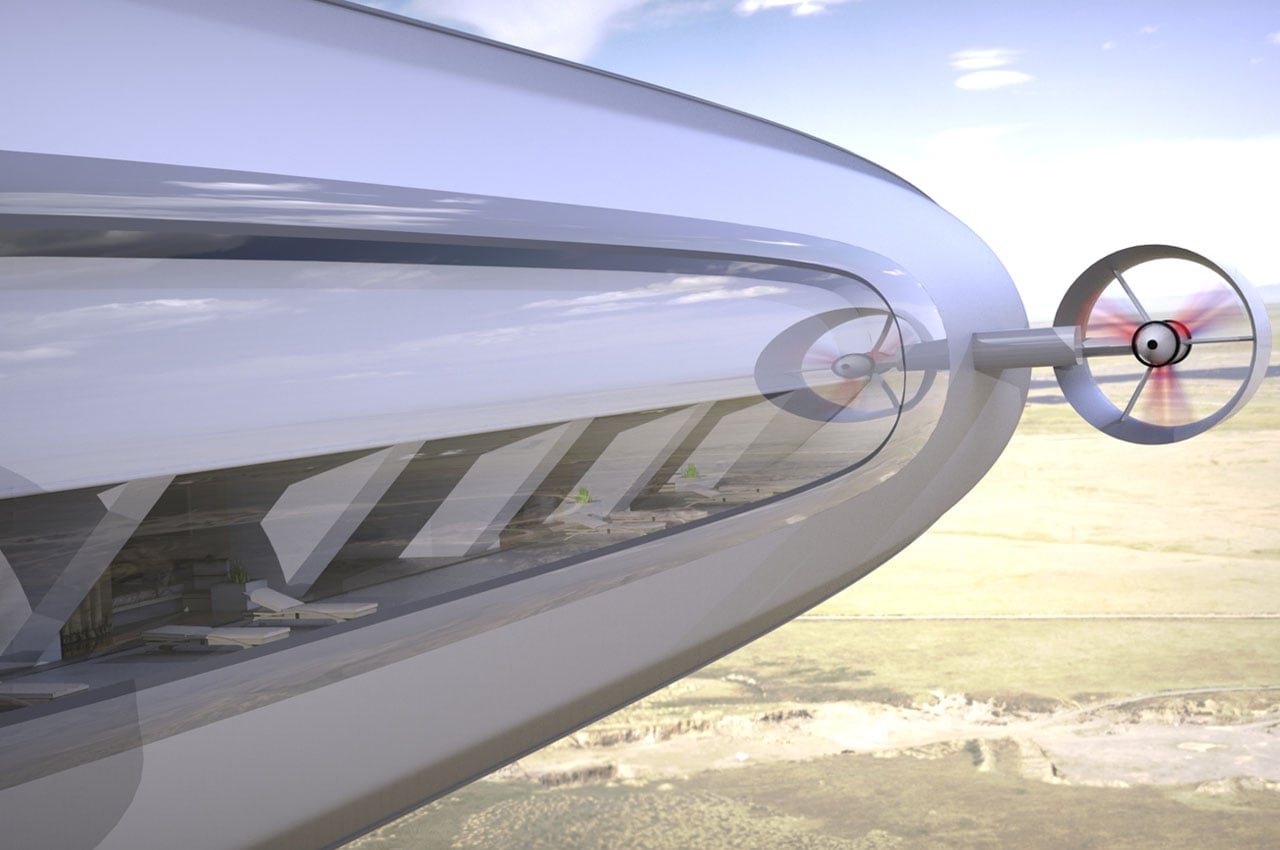
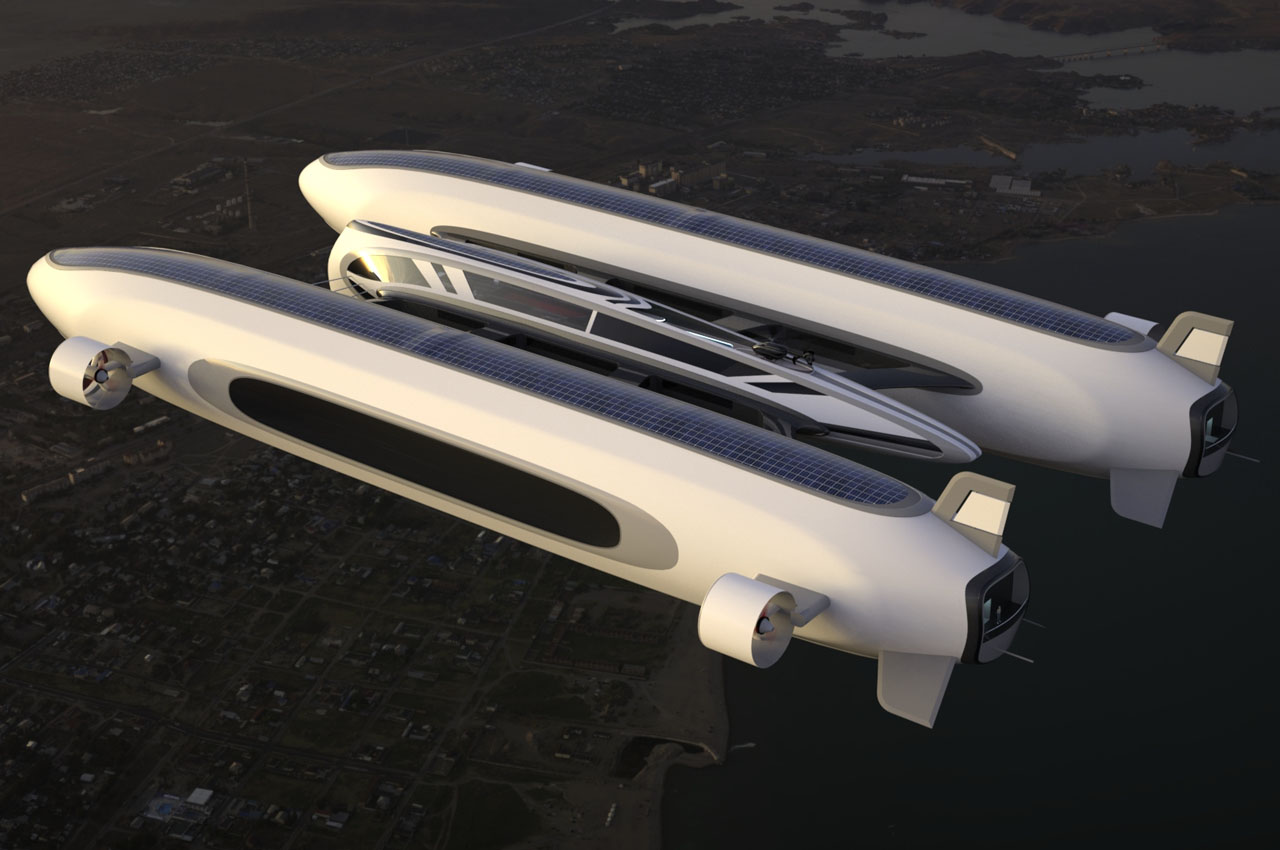
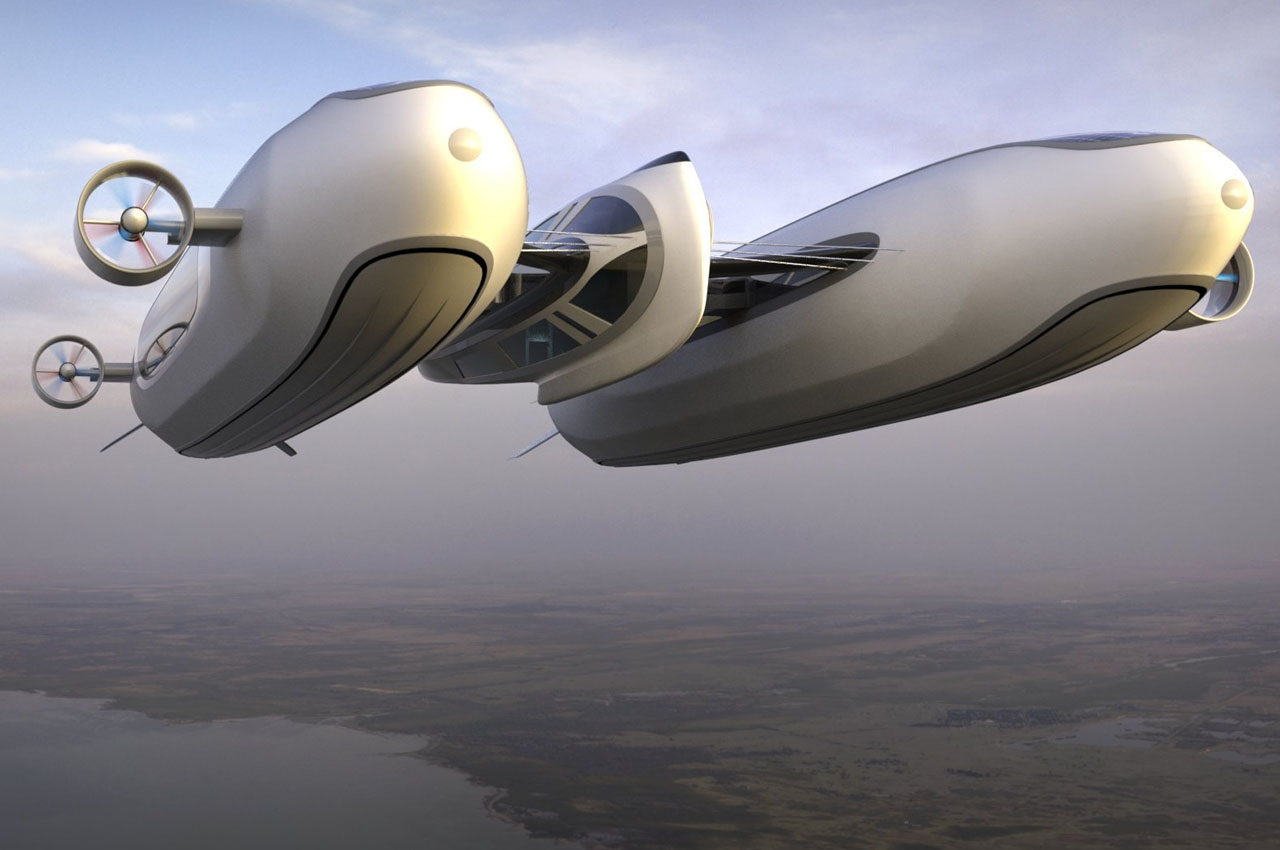
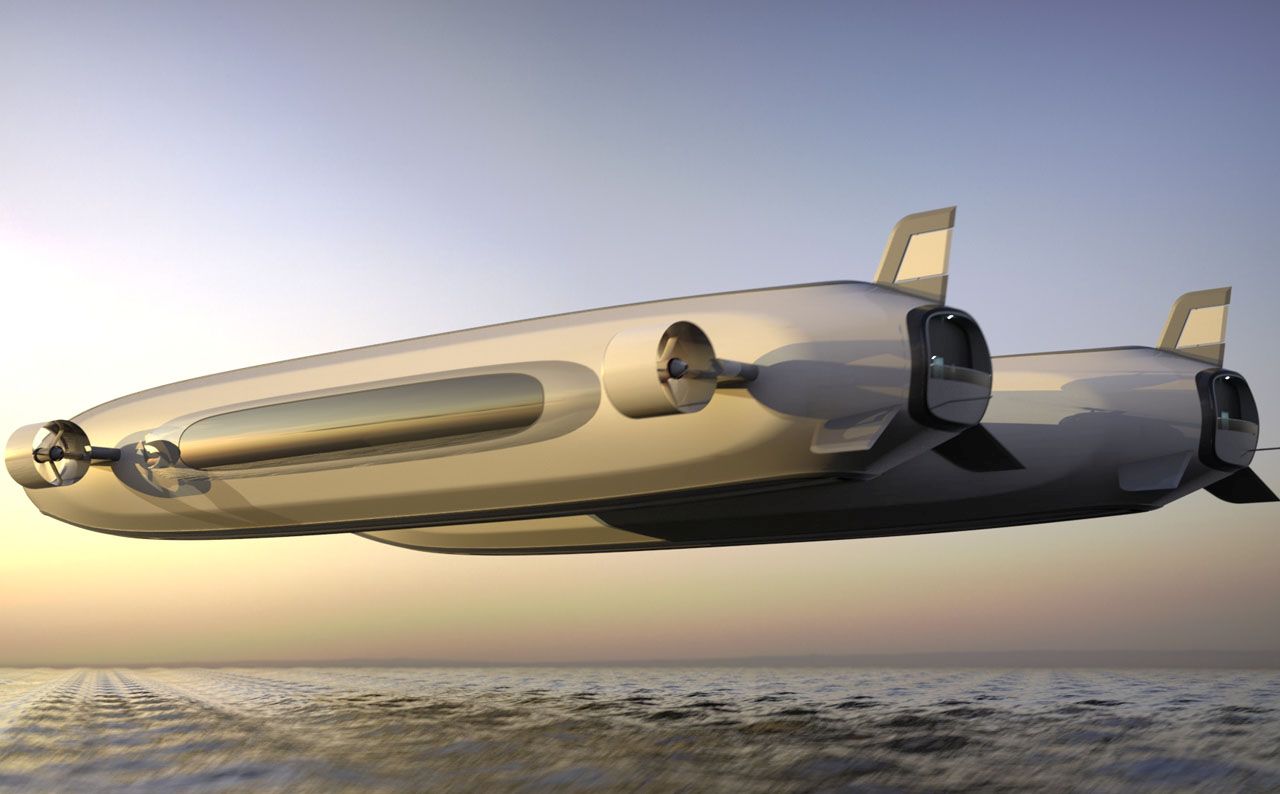
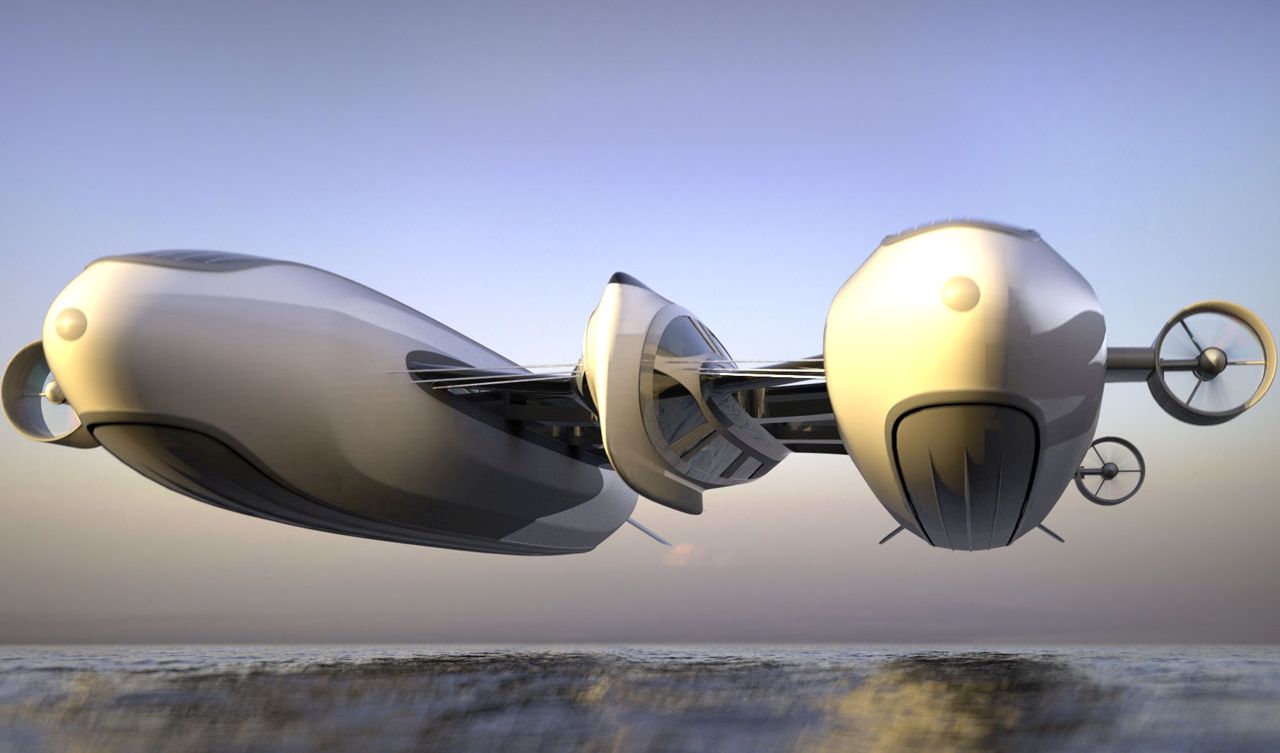
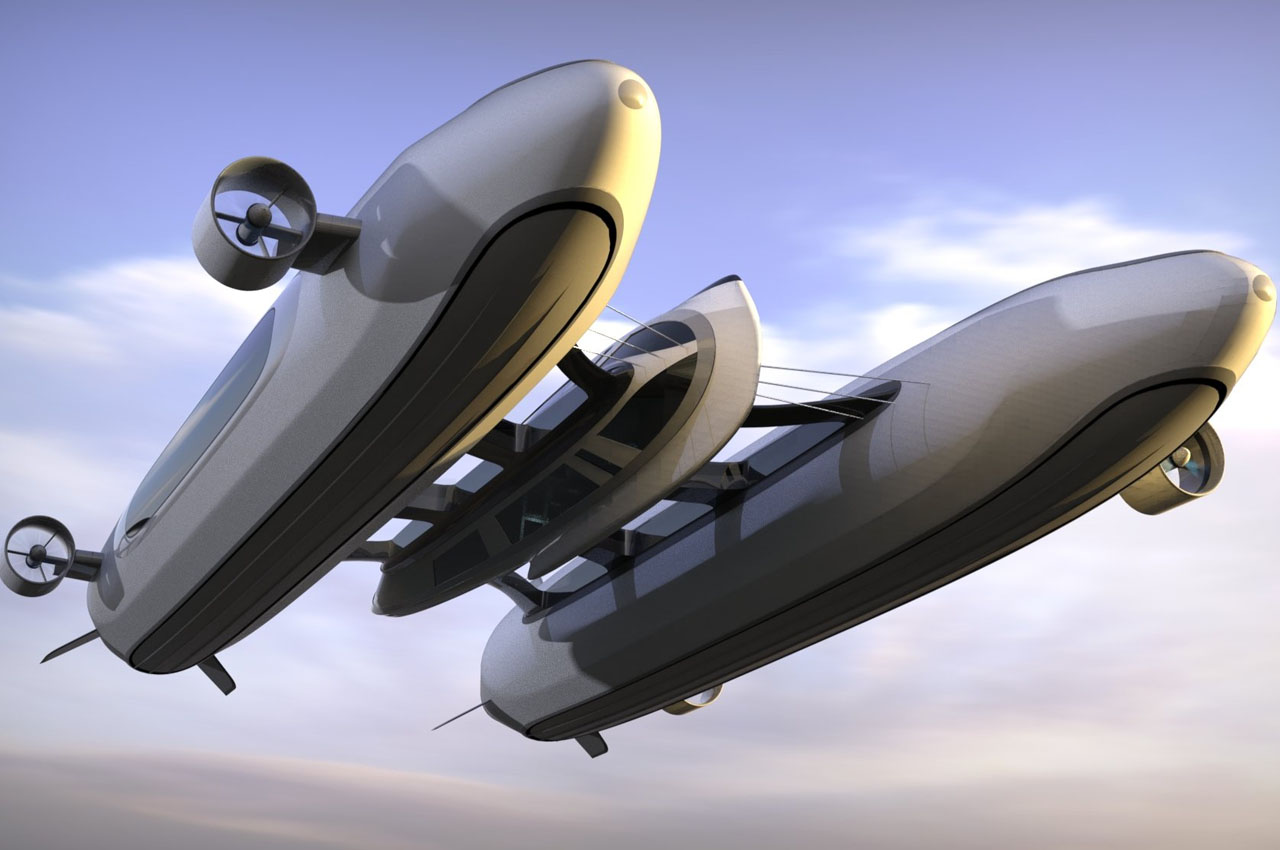
The post Lazzarini Design’s gargantuan helium-powered airship glides on water too first appeared on Yanko Design.







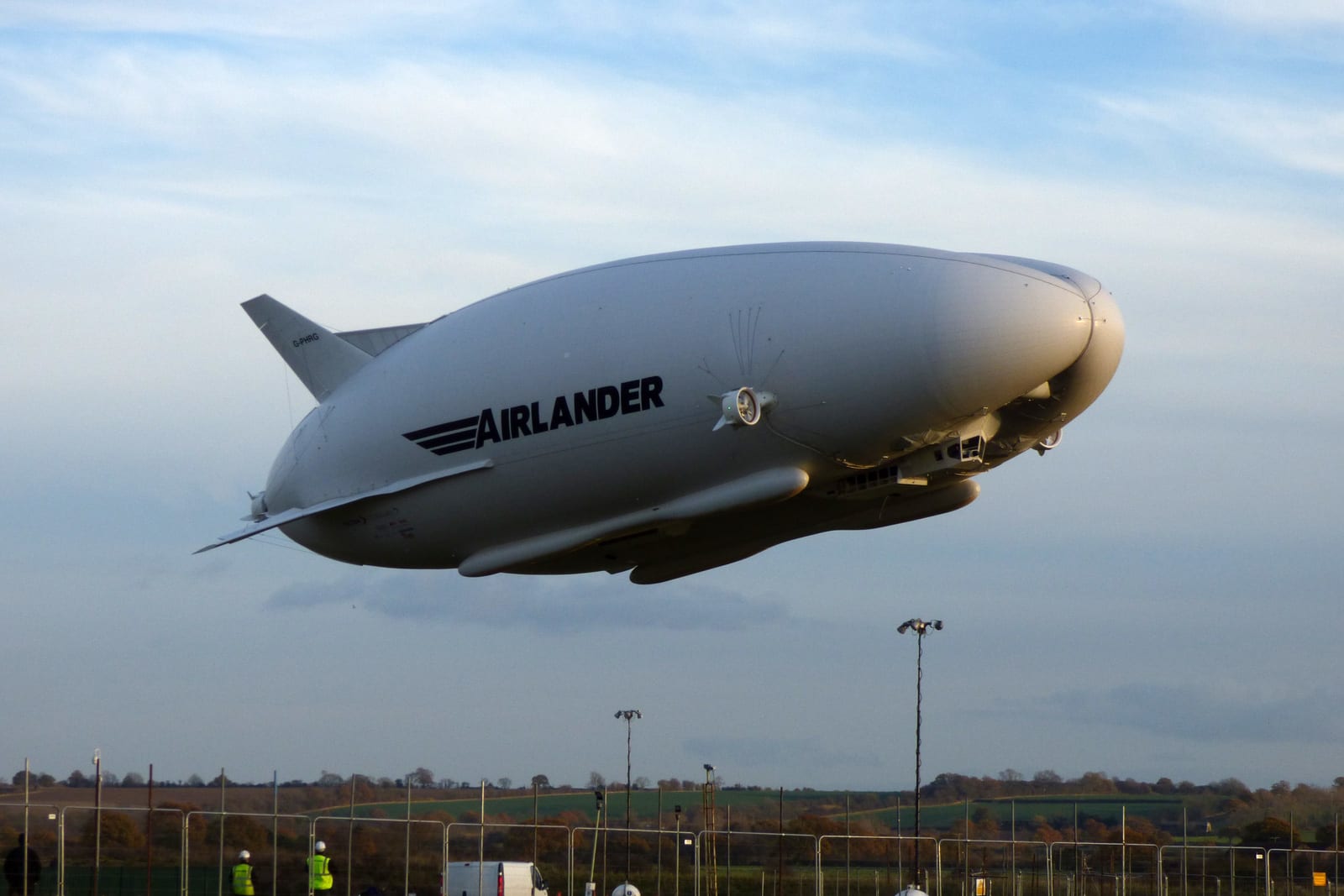 The world's longest aircraft has been sidelined... although that's not necessarily a bad thing. Hybrid Air Vehicles has decided against rebuilding its record-setting Airlander 10 prototype. The company will instead use its resources to create the "...
The world's longest aircraft has been sidelined... although that's not necessarily a bad thing. Hybrid Air Vehicles has decided against rebuilding its record-setting Airlander 10 prototype. The company will instead use its resources to create the "...
 Last month, news dropped that Google co-founder Sergey Brin is building an airship on the sly -- not a traditional airplane but an honest-to-god helium-filled dirigible. While he insisted the project wasn't operating under the tech titan, which had p...
Last month, news dropped that Google co-founder Sergey Brin is building an airship on the sly -- not a traditional airplane but an honest-to-god helium-filled dirigible. While he insisted the project wasn't operating under the tech titan, which had p...

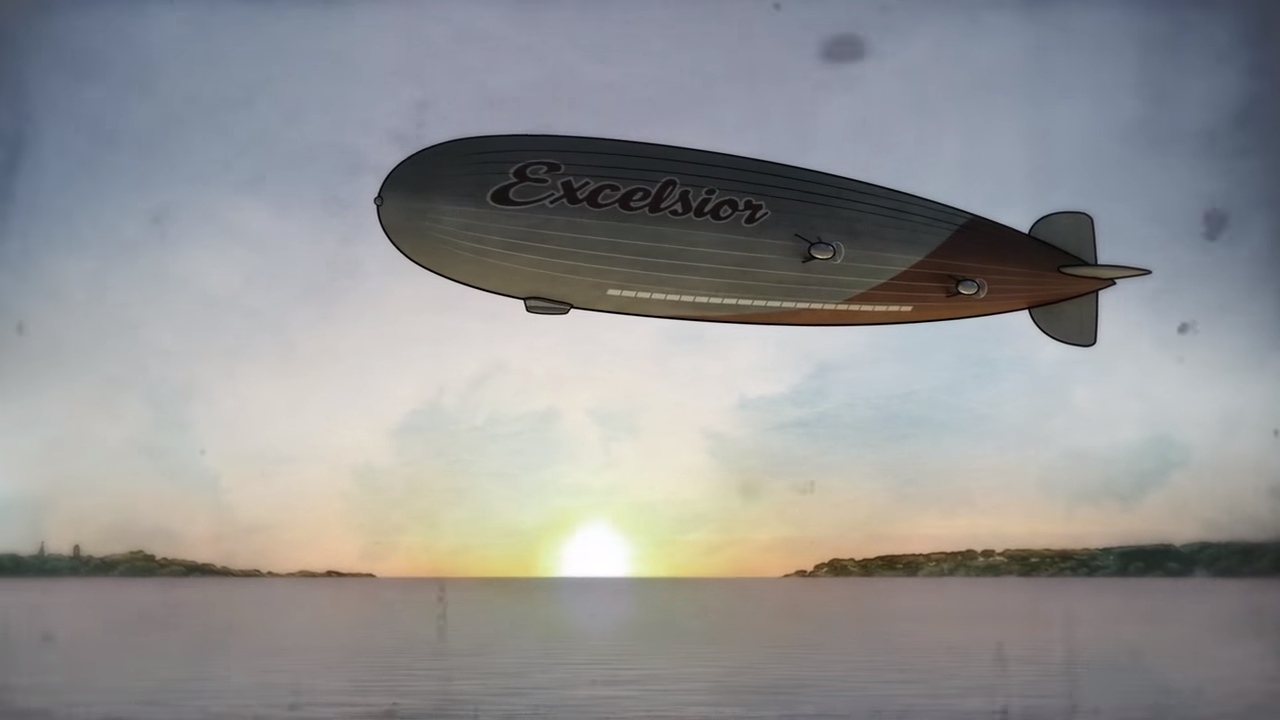 A couple of days ago we got a good look at a "flying car" backed by Google's Larry Page, and now Bloomberg reports that Sergey Brin has a project too -- it's a zeppelin. The airship "which isn't an Alphabet project" is being built in a leased hangar...
A couple of days ago we got a good look at a "flying car" backed by Google's Larry Page, and now Bloomberg reports that Sergey Brin has a project too -- it's a zeppelin. The airship "which isn't an Alphabet project" is being built in a leased hangar...
 Today on In Case You Missed It: Shaper's Origin is designed to use augmented reality and an on-screen display to guide you through cutting wood pieces. And Australian National University researchers developed the most efficient solar receiver in...
Today on In Case You Missed It: Shaper's Origin is designed to use augmented reality and an on-screen display to guide you through cutting wood pieces. And Australian National University researchers developed the most efficient solar receiver in...
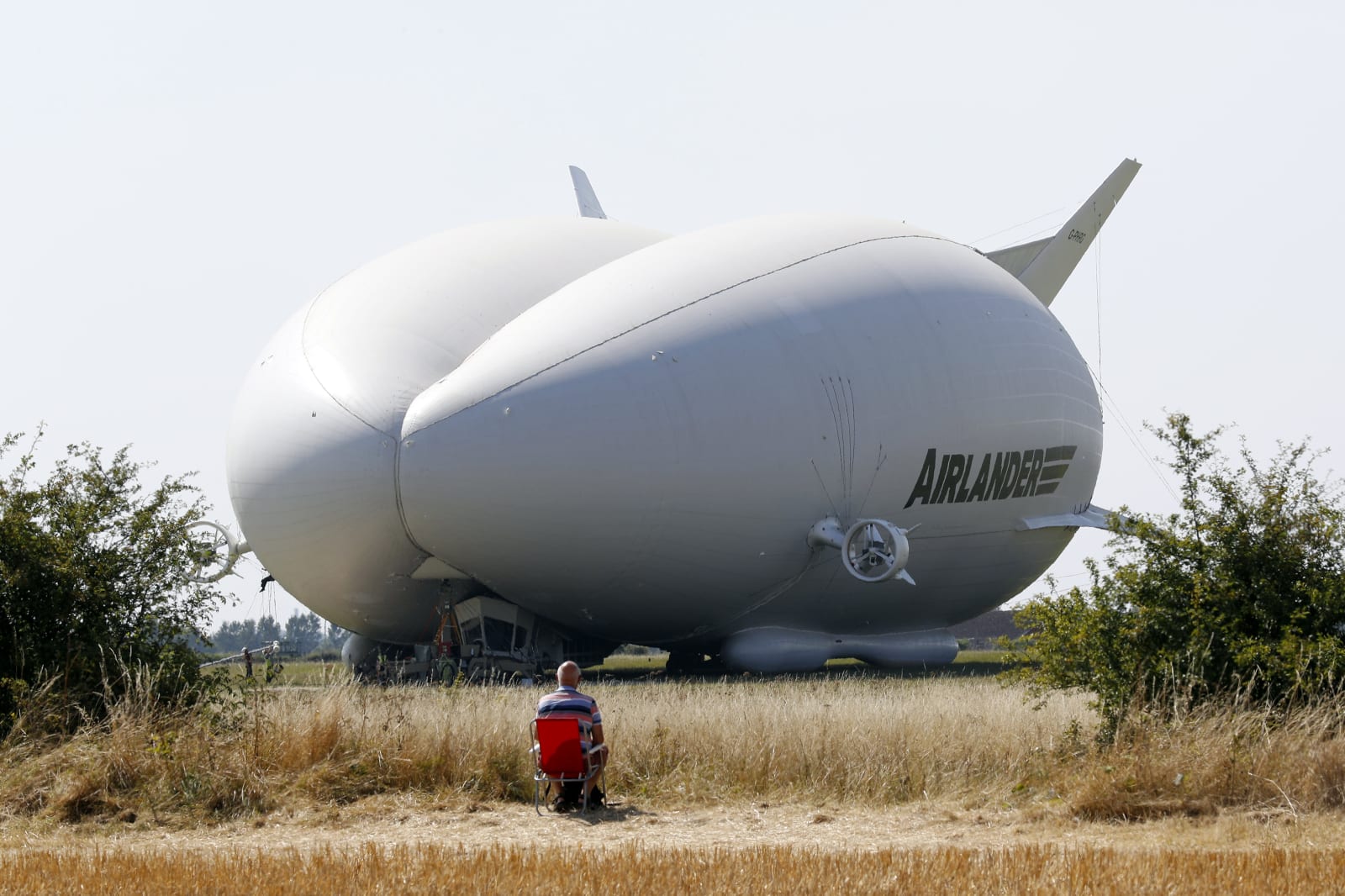 The future of air travel may have to wait a while. Airlander 10, Hybrid Air Vehicles' cross between an airplane and airship, suffered damage at the end of its second test flight. The longest-ever aircraft wrecked its cockpit when it nosedived on land...
The future of air travel may have to wait a while. Airlander 10, Hybrid Air Vehicles' cross between an airplane and airship, suffered damage at the end of its second test flight. The longest-ever aircraft wrecked its cockpit when it nosedived on land...
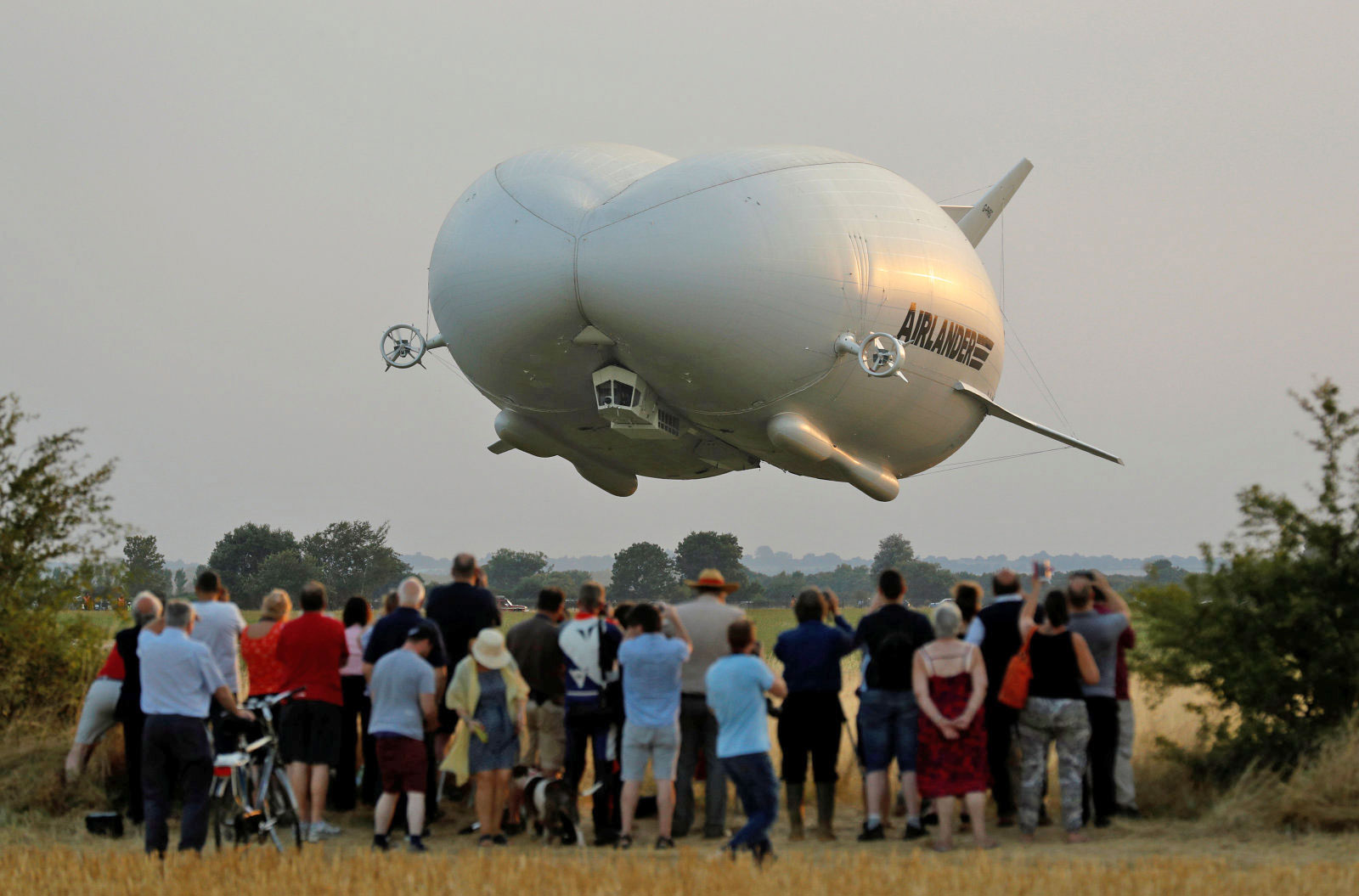 That aircraft you see above may look more than a little odd, but it just made history... and it might be the future of flight. Hybrid Air Vehicles has successfully flown the Airlander 10, a long-endurance airplane/airship hybrid billed as the longest...
That aircraft you see above may look more than a little odd, but it just made history... and it might be the future of flight. Hybrid Air Vehicles has successfully flown the Airlander 10, a long-endurance airplane/airship hybrid billed as the longest...

